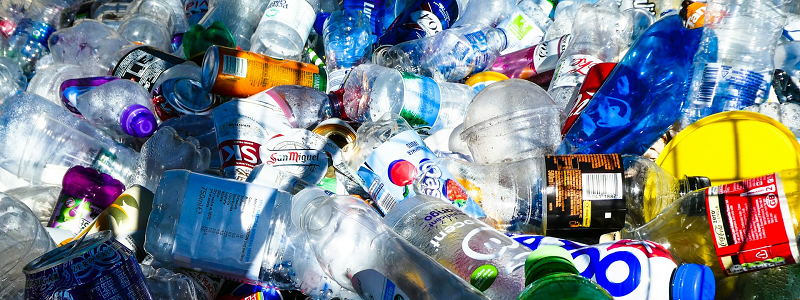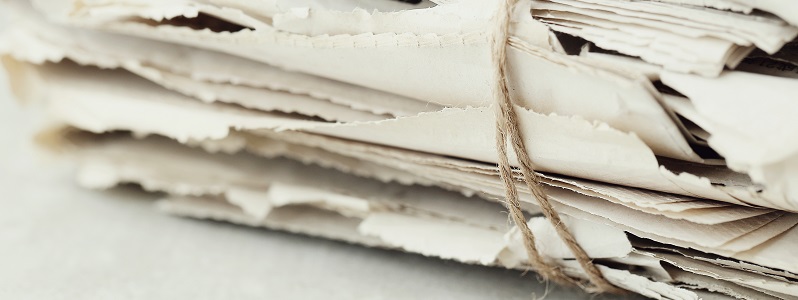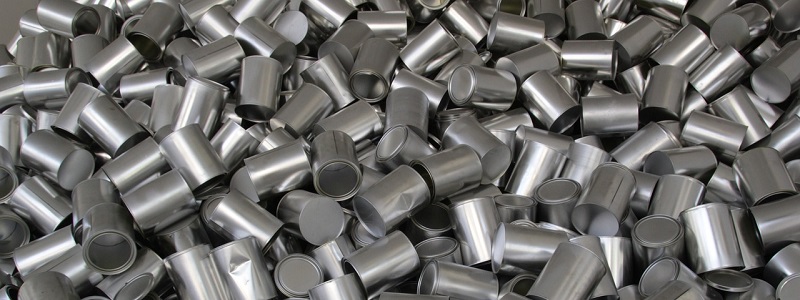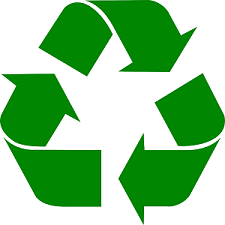 Add My Company
Add My Company

Recycling has become a well-established component of everyday life, but when did this practice originate? Despite the development of modern methods over the past four decades, the concept of recycling materials dates back centuries. This timeline outlines key events in the history of recycling, offering a brief overview of its beginnings and evolution.
Ancient History
The precise origins of recycling cannot be definitively attributed to a single individual. Nevertheless, it is widely acknowledged that numerous ancient cultures practised the reuse of items and recycling of materials out of necessity. This was frequently driven by scarce resources or the labour-intensive production methods characteristic of that era.
Early recycling examples can be traced back to the Byzantine Empire, where archaeological findings suggest that glass was recycled as early as 400 B.C. Archaeologists have observed distinct patterns in their excavations at the ancient city of Sagalassos (South-West Turkey), where local glass might have been recycled from two other glass types. This trend implies that the Byzantines reused their glassware instead of manufacturing new products when facing hardships.* Some evidence indicates that the Romans were also enthusiastic recyclers. Historians suggest they may have been amongst the first to recycle metal, such as by melting down old bronze coins to create weaponry or statues with increased financial worth compared to the original coins.*
Japan: 1031
During the 9th century, the Japanese Empire of the Heian Period recycled wastepaper to conserve materials and maximise output due to a shortage of skilled workers. Initially, mulberry, gampi and hemp were used, but by 1031, records show that wastepaper was being repurposed into paper sheets. The process involved macerating the wastepaper into pulp and then reshaping it into new paper.*

Philadelphia, USA: 1690
In 1690, the Rittenhouse Mill in Philadelphia was opened by German immigrants as the first paper recycling initiative in North America. This involved submerging old linen and cotton rags in water before beating them into a pulp, which was then placed in a mould to dry and transform into paper. The mill's output was sold to printers for use in Bibles and newspapers, providing an essential supply of products for England's many colonies.*
New York City, USA: 1776
Metal recycling was first recorded during the American War of Independence in 1776 due to the heightened demand for materials and weapons as a result of the separation from the British Empire. In an act of patriotism, a statue of King George III in New York City was dismantled and repurposed into bullets.*
Yorkshire, UK: 1813
Benjamin Law invented the ‘Shoddy Process’ in Batley, where he repurposed old clothes and rags by recycling and re-spinning them into wool. Rag dealers, also referred to as rag and bone men, began gathering rags from various streets across Britain to participate in this process. By 1860, this method was generating more than 7,000 tonnes of recycled wool each year.*

London, UK: 1865
William Booth established the Salvation Army in 1865 and introduced the ‘Darkest England Scheme' to aid impoverished households in London. The programme employed unskilled labourers as domestic cleaners to remove unwanted or broken objects. These salvaged goods were sorted, fixed, repurposed and distributed to people in greatest need. The organisation and this project transitioned to the United States in the 1990s.*
Baltimore, USA: 1874
Kerbside recycling begins in Baltimore, Maryland, with a system of differentiated containers for different types of waste and its treatment, including paper, for the first time.*
New York City, USA: 1897
In 1897, New York City introduced a materials recovery centre where waste was collected and transported to large facilities sorting twine, rubber, paper, metal, and carpet.
Chicago, USA: 1904
Following the development of the Hall-Héroult process in 1886, the city of Chicago, Illinois, established the first specialised facility dedicated to the recycling of aluminium cans and containers.*

Wartime Recycling, 1915-1945:
During the First and Second World Wars, Great Britain and the US were compelled to ration and manage scarce resources. The British government urged the public to 'Make do and Mend', which emphasised repairing damaged furniture and repurposing old clothing for rags. Additionally, people were requested to deliver cooking fat to local meat sellers for it to be repurposed as fuel for explosives.* Meanwhile, the U.S. used recycling propaganda such as ‘Salvage for Victory’, asking the public to contribute salvage materials like paper, rubber, metal, and rags to be repurposed to support the war effort.*
USA: 1970
The inception of modern recycling can be traced back to 1970, which marked the commencement of the first Earth Day. This event played a pivotal role in increasing awareness about environmental concerns arising from inadequate waste management and overflowing landfills. Subsequently, a significant movement emerged across the United States during the 1970s, significantly influencing the recycling initiatives that are in place in America today.*

Gary Anderson developed the Mobius Loop as an entry for an environmentalism competition, which later evolved into the globally recognised symbol for recycling. The design features three arrows arranged to form a triangle, symbolising reducing, reusing and recycling principles. This iconic logo has become synonymous with recycling on a global scale. Gary was awarded $2000 for his creation, and the logo has remained deeply embedded in public awareness ever since.*
Pennsylvania, USA: 1972
The first plastic waste recycling mill is built in Conshohocken, Pennsylvania, serving as a blueprint for all future recycling plants.*
Yorkshire, UK: 1977
Stanley Race, who served as the Chairman of the Glass Manufacturers’ Federation, achieved acknowledgement for his contribution to the initiation of glass recycling in the town of Barnsley. His notable act involved placing an empty jam jar into the UK's first glass recycling system. This initiative resulted in multiple new bottle banks in South Yorkshire and Oxford. Within six months, these banks collectively collected 500 tonnes of glass.*
Ontario, Canada: 1983
In the city of Kitchener, Ontario, the blue box system was implemented to streamline the sorting and collection of household waste. This system facilitated the recycling of a wide range of materials such as plastic, paper, glass, aluminium, steel and more. Due to its success, the blue box system gained international recognition and has continued to be utilised up to the present day.*
Switzerland: 1991
In Switzerland, the first electronic waste recycling programme commenced by collecting obsolete refrigerators and later extended to encompass all electrical and electronic devices. This pioneering initiative served as the foundation for the European Union's Waste Electrical and Electronic Equipment (WEEE) Directive, which was enforced in 2003.*

UK: 2003
The Household Waste Recycling Act amended Part 2 of the Environmental Protection Act 1990, introducing provisions regarding the collection of recyclable waste and outlining responsibilities for recycling and composting. This legislation mandated English local authorities to ensure that each household received a collection of at least two types of recyclable materials by 2010, thereby notably enhancing recycling initiatives in the UK. In 2000/01, only 12% of municipal waste in England and Wales was recycled. However, by 2016, the proportion of household waste recycled in the UK had increased to 43%.*
The Future
Governmental environmental policies in developed countries indicate an increasing emphasis on recycling over the next twenty-five years. There is an expectation that meeting the established goals could lead to the evolution of recycling into a prominent industry.
The UK government has set a target to eliminate avoidable waste by 2050. To achieve this aim, all products within the UK must be repurposed, reprocessed, or made from recycled or recyclable materials instead of single-use items. Furthermore, the European Union has mandated that 50% of plastic packaging be recyclable and recycled by 2025.
Where Glasdon Comes In
As a leading manufacturer, Glasdon is dedicated to driving change in the battle against waste and staying at the forefront of the ever-evolving world of recycling practices. One way we accomplish this is by offering our clients efficient tools that are derived from recycling processes. Whenever possible, our products, such as our Recycling Bins are crafted using recycled and recyclable materials.
When utilised properly, our range of recycling bins can make a significant difference in workplaces and communities. We offer a diverse range of high-quality indoor and outdoor solutions, available in various materials, styles and sizes to meet different requirements.
For more information on The History of Recycling Practices: How Did We Get Here? talk to Glasdon UK Limited

